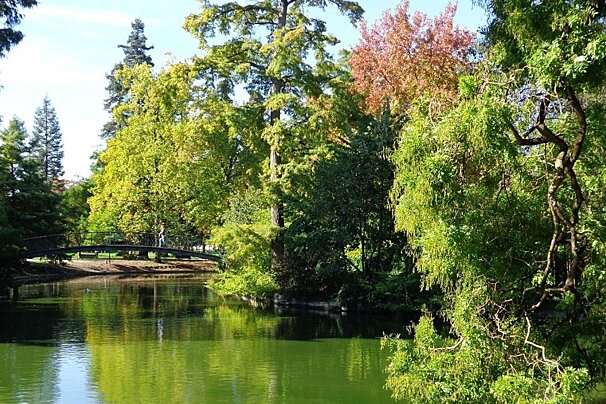
Public Garden
The public garden in the city of Bordeaux houses an arboretum, a library and a Natural History Museum.

© Château Lamothe du Prince Noir

© Château Lamothe du Prince Noir

© Château Lamothe du Prince Noir

© Château Lamothe du Prince Noir
Located just 25 minute drive to the city-centres of both Bordeaux or Saint-Emilion
Chateau Lamothe is perfectly situated to explore France’s famous wine country. Built in the 14th Century, the three-towered Chateau overlooks rolling fields and forests and is surrounded by a spring-fed moat, home to swans and ducks.
The Chateau Lamothe was restored and modernized in an elegant French style, combining traditional furniture and fine antiques with modern luxuries. It offers 5 south-facing bedroom suites with views over the moat and grounds. The suites are individually styled and each is spacious, comfortable and elegantly decorated.

The public garden in the city of Bordeaux houses an arboretum, a library and a Natural History Museum.

As it passes through the oldest parts of Bordeaux, making the most of the landscape, the train takes you past the most famous places and monuments of the city.

Come and experience the ancient art of thousands of years... archery!

After discovering the city of Saint Emilion this train tour takes you out into the countryside and surrounding vineyards to discover more about the history and culture of wine in this region.

You will be able to hire and learn how to drive a jet ski, with the assistance of qualified instructors, you can be on the water within 15 minutes.

With over 1000 animals to meet, from around 75 different species, from the very smallest, all the way up to the largest breeding camels in France.

This elegant and sophisticated two Michelin star restaurant offers creative dishes designed by chef Cédric Béchade, who plays with colours and textures in his cuisine.
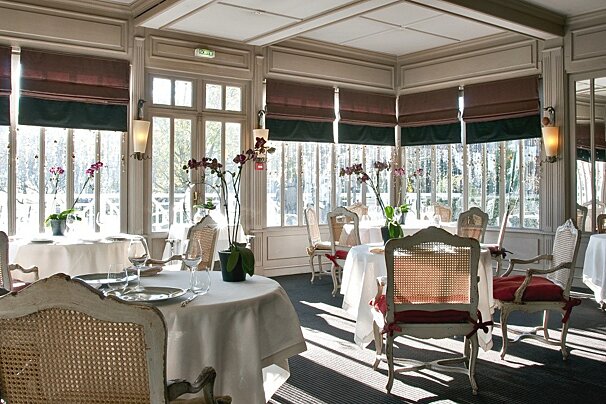
Chef Nicolas Masse offers in this restaurant a combination of traditional French cuisine, made with fresh seasonal ingredients from the southwest sourced from local producers, with unusual influences from all around the world. His creations can be paired with a large selection of wines, by the counsel of head sommelier Aurélien Farouil.

Situated in the luxurious surroundings of Le Grand Hotel de Bordeaux, this restaurant offers diners an elegant yet intimate restaurant styled in a palette of mauve and orange with a handcrafted marquetry floor.

Situated in a gorgeous white stone townhouse built in the classical style of the late 19th century, this restaurant is part of the joint project of Bernard Magrez, owner of various wineries in the Bordeaux area, and Pierre Gagnaire.

This restaurant, with a an attractive modern decor, serves traditional French dishes in a chilled and intimate atmosphere perfect for a romantic dinner. It is very well located in the middle of the city centre.

This restaurant serves traditional French dishes made with fresh, seasonal ingredients. The menu is reviewed every two weeks. Their two dining areas can fit up to 80 diners and there is also a terrace.

One of the best places to taste wines from the Bordeaux region. Located on the ground floor of the headquarters of the Conseil Interprofessionel du Vin de Bordeaux, the bar's team is very knowledgeable and passionate. They give tasting advice, extensive information on the grapes and suggestions for matching food and wine.

Centrally located, this bar offers a large selection of wines, especially French but also from other parts of the world. Customers can taste them through a self-service method, and they can be accompanied by regional delicatessen.
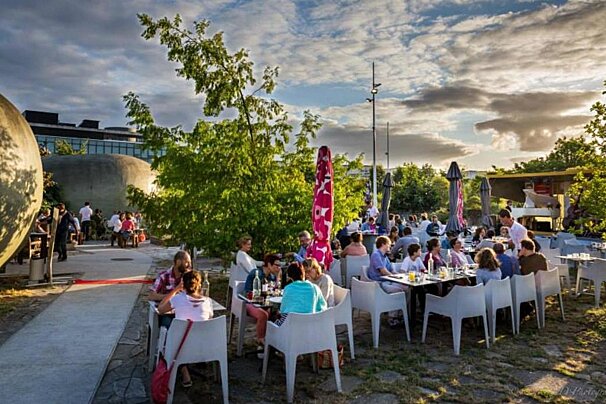
A diverse music programming that showcases some of the best local and national talent in jazz, music of the World, blues and many other expressions.

This bar has an old-fashioned decoration that creates a very warm atmosphere. Their wine list includes many French references, as well as from other parts of the world. They can be enjoyed in their cosy interior or the patio, accompanied by selections of local delicatessen.

The beautiful building of Chateau Deganne was converted in 1904 into a casino. In the early twentieth century Paris and Bordeaux bourgeoisie came to spend the summer in Arcachon. Thus the town had to create distractions - a casino.

Situated at the foot of the historical Porte Cailhau, this bar has a list of more than 100 wines. They are focused on international products as well as some lesser-known wines from Bordeaux.
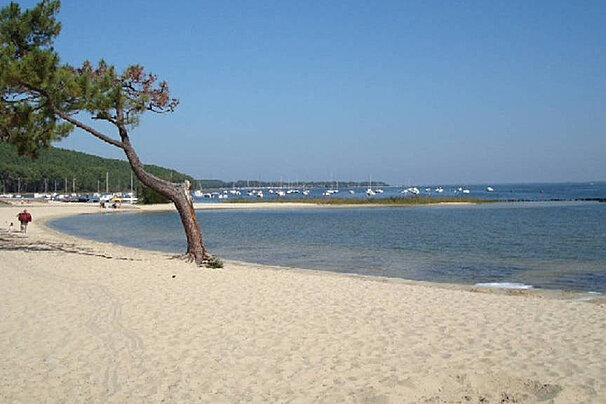
A protected natural reserve with wild marshes, sand dunes and pine forests, this huge body of water is perfect for outdoor activities such as sailing, swimming, water skiing, windsurfing, canoeing, fishing, kite surfing, paddle boarding, or walking and biking along the trails and cycle paths that line the shores of the lake.
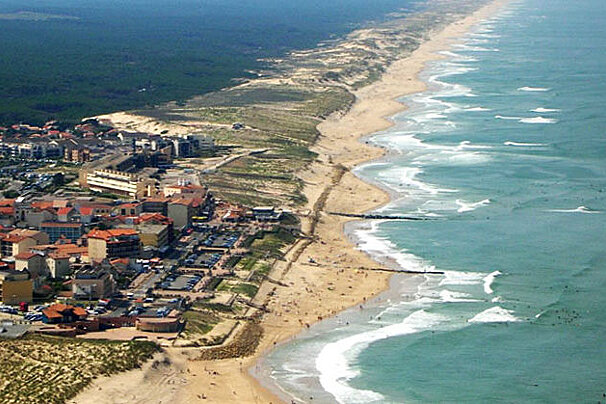
Over time, the wind and ocean currents have gradually created a wall of sand dunes, behind which streams and rivers have allowed the formation of lakes and freshwater ponds.
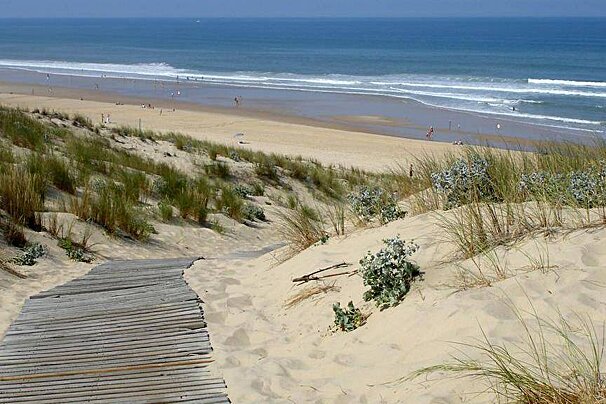
Le Porge beach is also known for its large waves and strong undertow, even if the rescuers are not far away, you must remain cautious as you would for many of the ocean beaches.
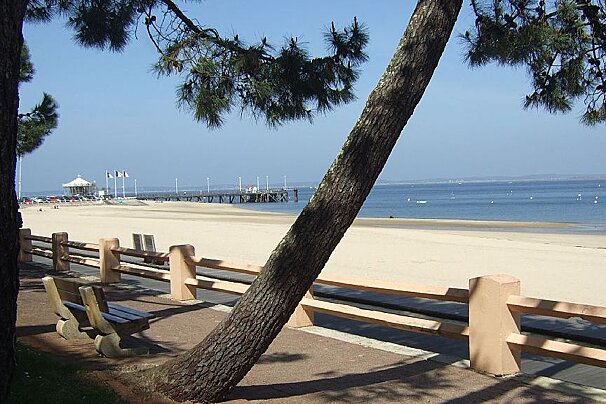
A small, peaceful and tranquil beach that is situated at the entrance to the marina and is the most sheltered of all the beaches around Arcachon due to its location within the basin.
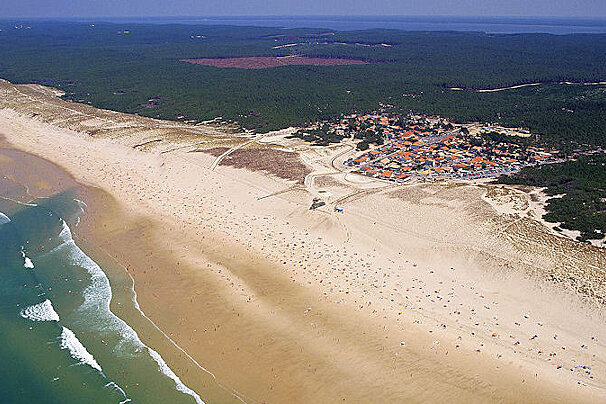
Backed by the small town of Carcans Océan, this white sand beach on the western Atlantic coast is a popular surf spot.
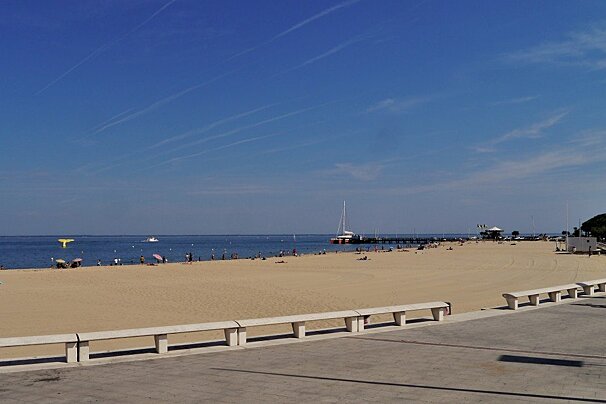
An 800m strip of white sand situated between the Theirs and Eyrac piers this beach is very much in the Arcachon basin and sheltered from the strong Altlantic winds on the coast.
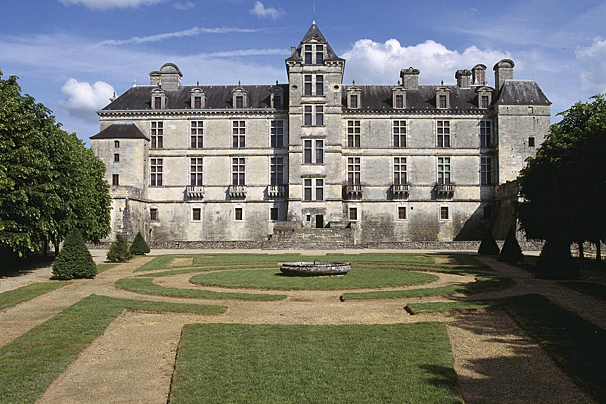
Built for the Duke of Epernon in the 16th century, this lavish château contained over 50 bedrooms!

The Cité du Vin whose doors opened on 1st June 2016, is an iconic architectural feature situated on the river. it offers a sensory and artistic journey allowing visitors to become familiar with the civilizations of the world of wine.

The ruins of this 11th-century Benedictine abbey are located on the pilgrimage route to the Santiago de Compostela and have UNESCO World Heritage status.
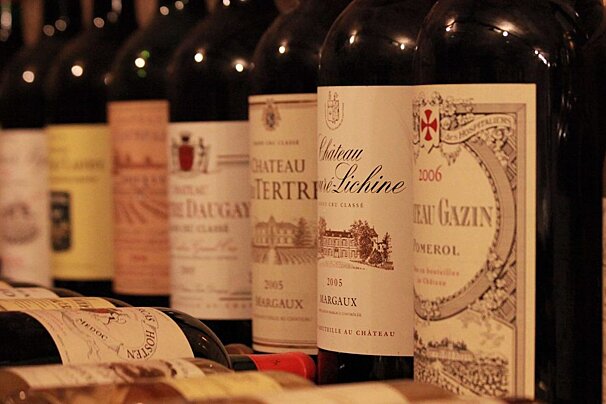
Museum located in an elegant and prestigious building, built around 1720 for the Irish merchant Francis Burke. Consisting of two parts, the first residential with several apartments and a façade adorned with a beautiful balcony, and the second and technical part where wines were matured and worked.
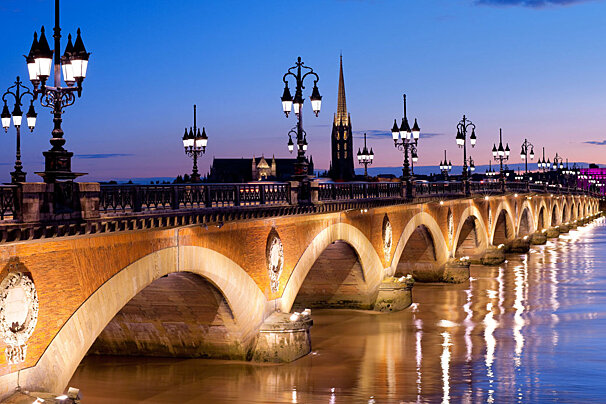
Crossing the Garonne river, the Pont de Pierre or "stone bridge" was the first to span this expanse of river in Bordeaux.
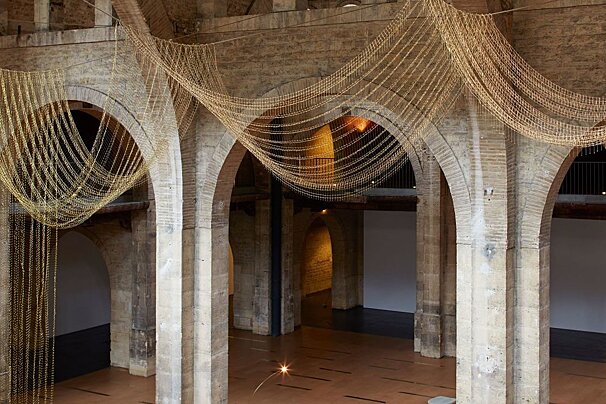
The CAPC Museum of Contemporary Art of Bordeaux offers all year round a program of temporary exhibitions and appointments around the history of art, music or contemporary creation.
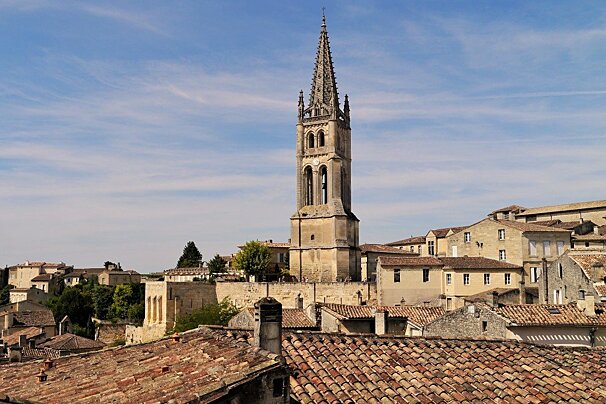
Vineyards were planted around this old town in Roman times and whilst most people associate the name with the wine, the town itself is worth a visit for its ramparted old centre with interesting Romanesque churches and an incredible underground monolithic church.

You get a sense of this town's history as soon as you arrive, with are flags and coats of arms lining the roads that lead you to the main square.

The small village of Margaux, just north of Bordeaux, is most famously associated with the wine châteaux which produce the excellent Margaux appellation Médoc wines.
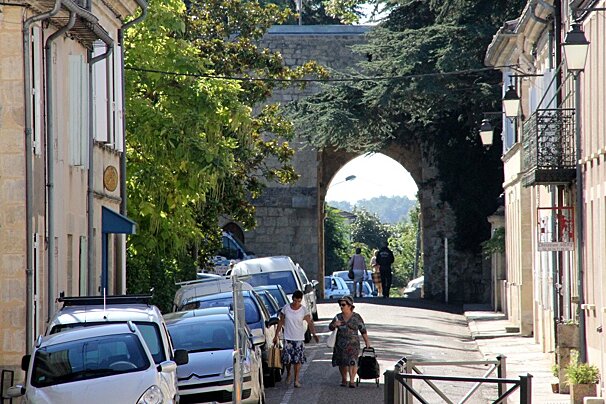
It has the typical square layout around a central market square that is common with towns of that time and they still hold a market there on Tuesday mornings. It's a good example of a bastide town; these towns were established mainly as commercial centres, encouraged by incentives set down in a charter.

The town of Blaye is situated on the right bank of the Gironde estuary. Its major historical feature is its fortified citadel, which along with Fort Médoc and Fort Paté make up a trio of fortresses designed to defend Bordeaux against a river attack.
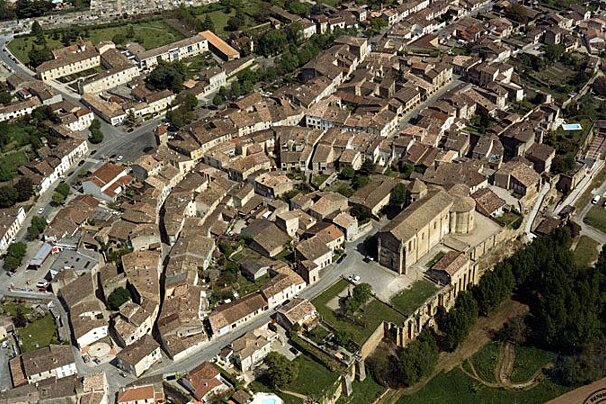
The pretty town of Saint-Macaire is a good base for seeing the area around Langon. It dates back to the 1st century AD and grew as a battlement town in the first half of the last millennium.